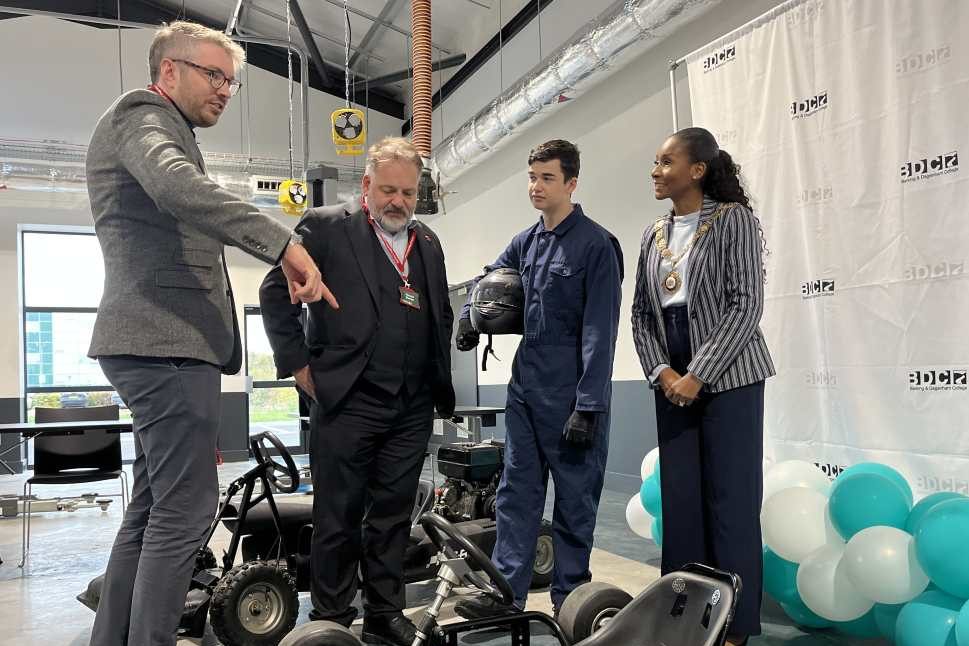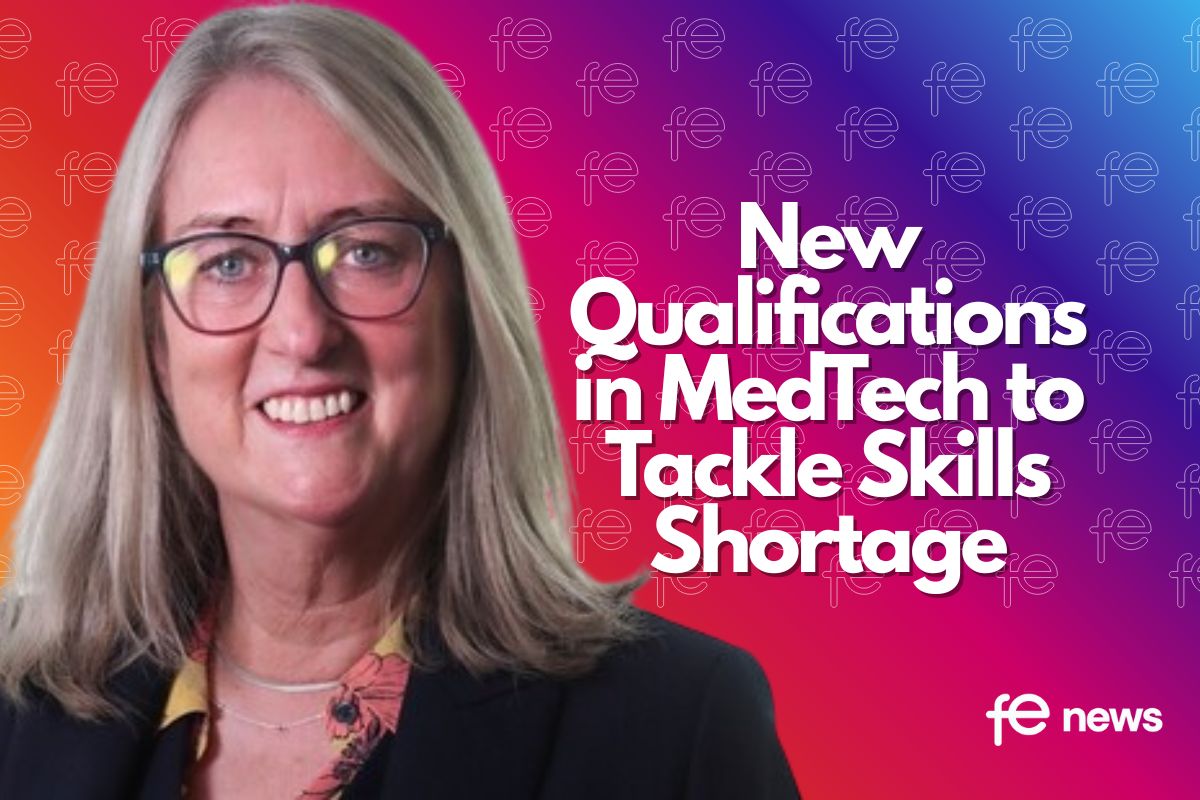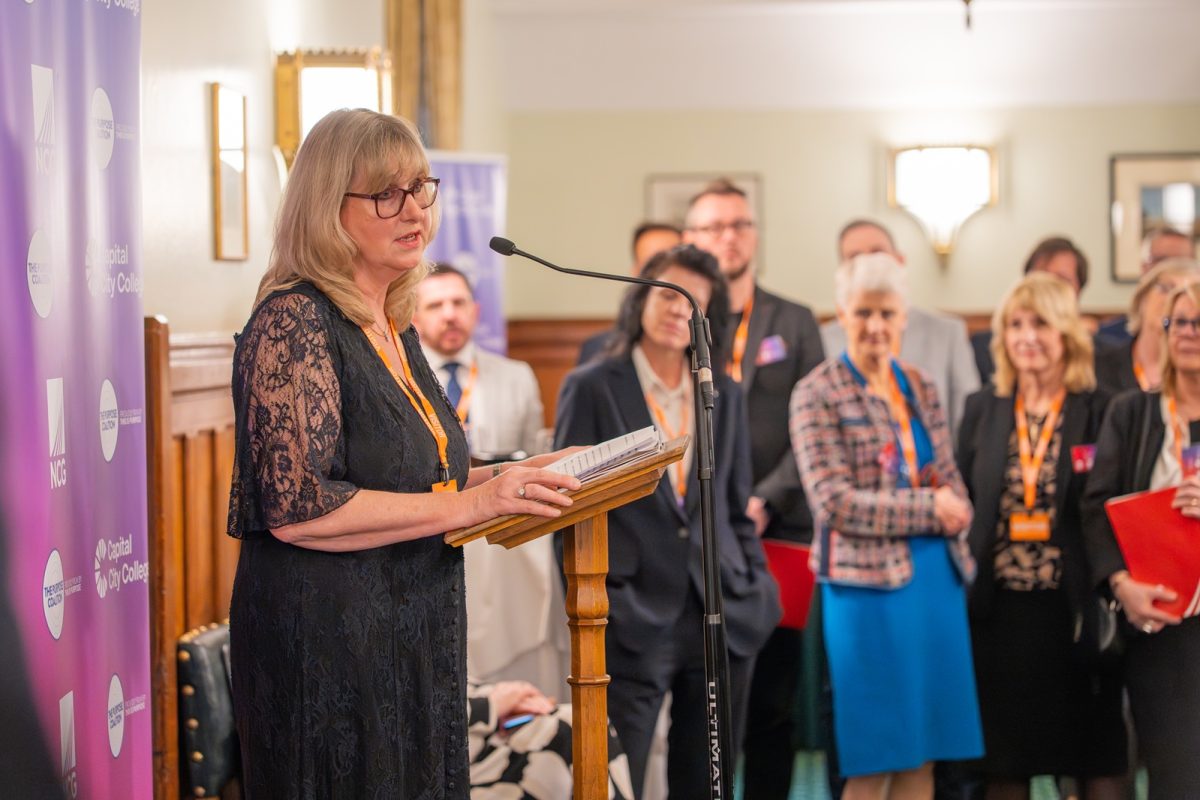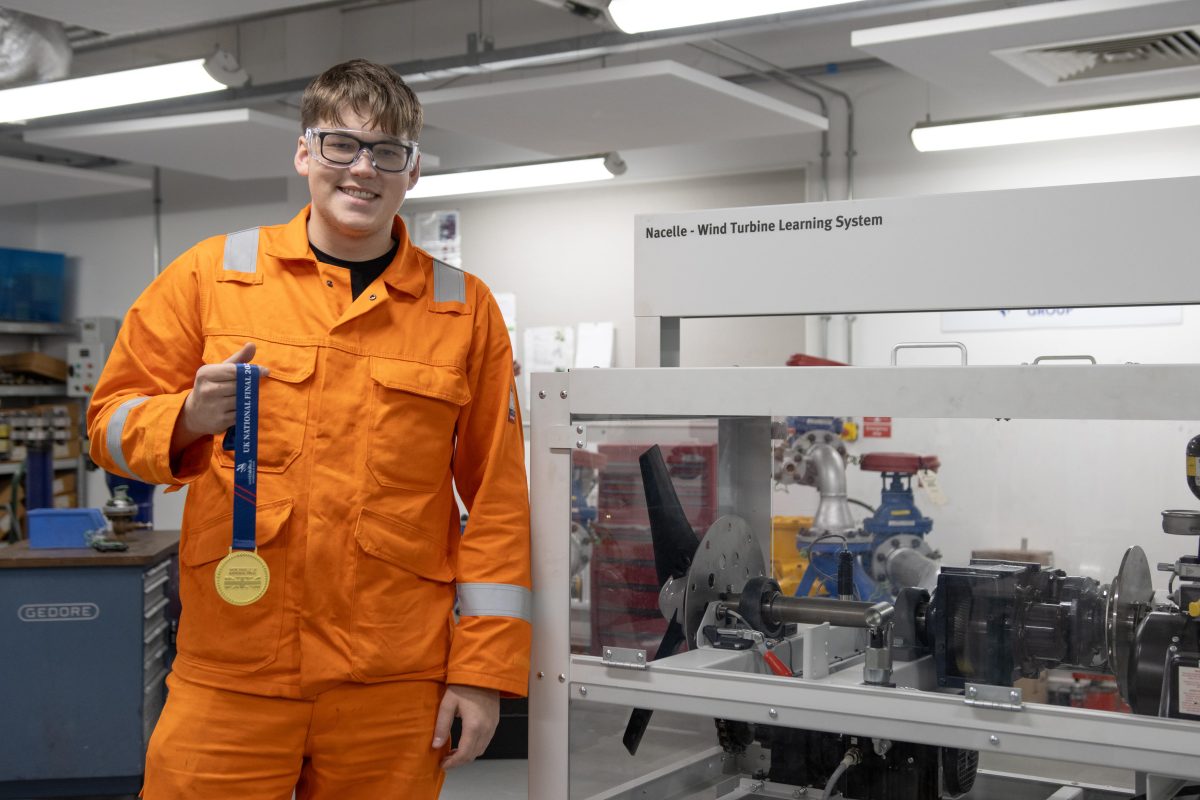Evaluation of the return to teaching programme: Not good value

DfE today (28 Jun) published The National College for Teaching and Leadership (NCTL) report “Evaluation of the return to teaching pilot programme” This evaluation looks at the impact, what worked well, and recommendations for future roll out.
Commenting on the latest School Workforce Census statistics, which were also published today;
 Dr Mary Bousted, joint general secretary of the National Education Union (NEU) said:
Dr Mary Bousted, joint general secretary of the National Education Union (NEU) said:
“Today’s School Workforce Census statistics will make grim reading for the Secretary of State. The number of teachers has now fallen to the lowest level since 2013 – with more qualified teachers leaving the profession than the number entering, the Government is failing to recruit enough teachers even to stand still.
“We are losing teachers too quickly, undoubtedly because the Government is burning them out with an excessive workload and they can earn more and have a better work/life balance in another profession. With so many teachers leaving the profession early we are left with a less experienced workforce which has an impact on pupils’ learning and makes recruitment into school leadership posts more difficult in the future. We are also losing the key influence that experienced teachers play in mentoring NQs.
“The Government needs to fully-fund a pay increase for all teachers. Teachers’ pay rose by just £300 on average over the last year – just 0.78 per cent – and teachers are still waiting to find out whether they will receive a pay rise in September. The Government must also re-double its efforts to address workload, but this will be much harder in the face of falling teacher numbers and rising pupil numbers.”
The National College for Teaching and Leadership (NCTL) established the Return to Teaching pilot programme in 2015. This funded secondary schools facing recruitment shortfalls to attract qualified teachers who were not teaching in the English public sector and support them to return to the profession.
A major priority for education policy is to recruit and retain sufficient teachers to meet the current and future requirements of the education system. One important source of teachers is those who have left teaching in the public sector.
The pilot focused on recruiting returners to teach EBacc subjects in secondary schools. It was advertised on the Return to Teaching website and promoted through national marketing. The programme offered in-school support from January to October, 2016.
In November 2016, the NCTL announced a new Returners Engagement Programme Pilot (NCTL, 2016), providing funding for the design and delivery of new school-led programmes of support. This evaluation focuses purely on the Return to Teaching pilot programme.
The evaluation aimed to understand the effectiveness of the Return to Teaching pilot. It:
- assessed the impact of the pilot in securing additional ‘returners’ back into teaching
- examined the aspects of the pilot that worked well, and why, to provide recommendations for the format of any future rollout.
This study has found that the Return to Teaching programme was successful in attracting potential returners to express an interest and supported some qualified teachers to return to teaching.
However, the number of returners was low and the cost of securing an additional teacher via the programme was estimated to be similar to the cost of training a new teacher.
There are some important differences between a returner and an NQT. For example, most returners are more experienced in teaching than an NQT, which could make them potentially more valuable to the profession.
On the other hand, the costs of the pilot are additional to the costs of initial teacher training for returners and a returner is likely to have a shorter career in teaching than an NQT.
For these reasons, we find that the pilot was unlikely to represent good value for money.
The lack of success was primarily due to issues with timing, recruitment challenges and questions over the suitability of some participants, as well as a lack of practical teaching opportunities available in some of the participating schools.
Nevertheless, encouraging qualified teachers to return to teaching is a worthwhile activity, particularly when schools are facing staffing shortages.
The research findings suggest that ‘career breakers’ have the greatest potential to make a successful return with minimal support. They would be particularly attracted by an offer of part-time work.
Other returners would require greater support depending on their experience of teaching, the amount of time out of teaching and the reason they left in the first place.
The research also identified a number of features of the pilot which performed well, including that the programme largely offered the kind of support returners were seeking and provided the flexibility to suit individual returners’ needs.
These findings provide a useful knowledge base for the development of further policy initiatives aimed at returners, who currently represent an under-used source of teachers.











Responses